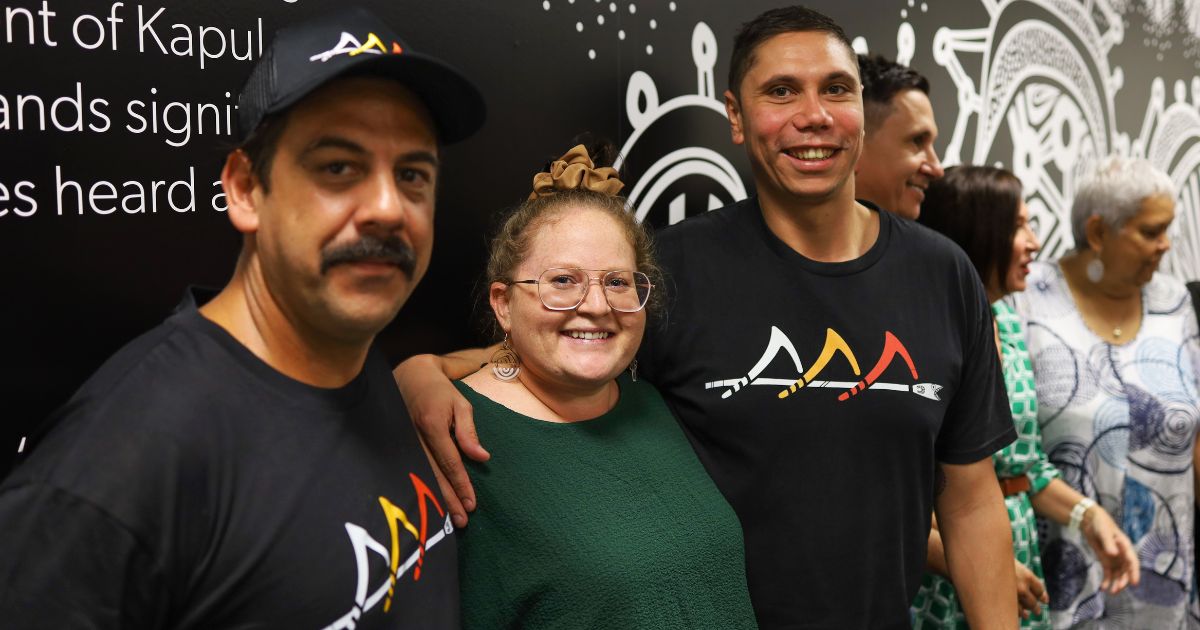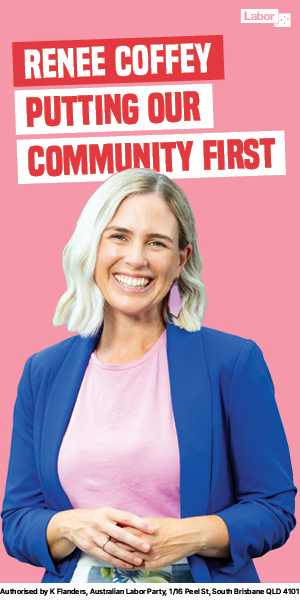On Thursday, 6 April, founding elders, staff and friends of Triple-A Murri Country celebrated its anniversary on the exact date, 30 years ago, of its first broadcast under its own license. The celebrations started with a special simulcast on 4zzz of Triple A’s flagship program, “Let’s Talk”, which featured interviews with some of the original founders of Triple-A.
The station began with the Murri Hour on 4zzz in the early 1980s. Ross Watson founded the Brisbane Indigenous Media Association (BIMA) with his older cousin, Tiga Bayles, who was instrumental in the station’s formative years.
In 1991 BIMA secured a community radio licence and successfully fought a legal challenge from other community groups with the assistance of the Aboriginal and Torres Strait Islander Commission (ATSIC). Ross Watson and other founders argued that Indigenous radio was an essential community service.
Launching the celebrations, CEO Jyi Lawton spoke of the importance of recognising the contributions and legacy of those who established the station thirty years ago. He specifically thanked Aunty Warinkil Glenys Croft, Aunty Lilla Watson, Aunty Jean Phillips, Uncle Bob Anderson, Adrian Carson, Kaava Watson, and past and current Triple-A board members. He also thanked Minister Leeanne Enoch, State Member Amy McMahon, and Councillor Jonathan Sriranganathan for their attendance and support.
Mr. Lawton read from the recently launched Triple-A vision statement that sets out their aim to represent excellence in First Nations media.
“We have four value pillars that centre around this vision: innovation, relationships, disruption, and community. We strive to create an experience that fosters cultural connection and belonging, and we prioritise our Aboriginal community members.”
He said that the station acknowledges the legacy of its artists and storytellers.
Of the Triple-A staff, Mr Lawton said:
“I’ve never worked with such a dedicated and committed bunch of people in terms of our staff that are here in the trenches day in day out, and go above and beyond. We service the community, and it’s not always the easiest job in the world, and we don’t always get it right, but we have a red hot crack.”
Mr Lawton made special mention of Acting CEO, Trisha Collins.
“There’s no one in the history of this organisation that’s contributed more hours on the ground day in day out. She’s been here for 28 years, moved here from Tennant Creek started off as a receptionist, and now heads up our business services….”
“I really want to thank and honour Trisha for all of her dedicated work over just about the whole existence of this organisation.”
Minister Leeanne Enoch talked about the importance of recognising the deep history of Aboriginal and Torres Strait Islander people. She said that all Aboriginal people carry the DNA of thousands of generations of stories, and that this should be remembered as Queensland embarks on its Pathway to Treaty and as the nation prepares for constitutional change that will fully recognise Aboriginal and Torres Strait Islander people.
Ms Enoch expressed her appreciation for the board and staff, praising them for their hard work and dedication. She also thanked those families who have made significant sacrifices to make a positive impact on people’s lives.
“Every single person in this room, and everybody who we share this with across Australia has some connection to this place and to the work that has happened down here, the diversity of staff, and the way it has adapted and changed and found new ways to tell and be the story for the future.”
The formalities ended with cheers and applause at the unveiling of a bold mural by Quandamooka, Nunukul artist, Casey Coolwell-Fisher.
Opening words by Uncle Cheg, Gregory Egert, Board Member at Triple A and Yugara and Gorenpul Elder-In-Residence at QUT.


Dan Rennie, Station Manager, Triple A Murri Country
“I’ve been with the organisation for some 16 years. So, it holds a very special place in my heart. You know, this place in particular, this building. We’ve been in since 2011. But going back further to our birthplace of Rocklea, that was a special place as well.”
“We’ve always been in a position to elevate Aboriginal and Torres Strait Islander voices through radio, but as we see the landscape changing, we’re adapting as well. We have an online presence and social media presence. We had a TV studio built in here before the take-off of YouTube and TikTok; that was a bit of forward vision from those who came before us, so we can now utilise that space for all the platforms we use to deliver content.
“I guess the testament to [the West End community embracing Triple-A] was Brisbane Blacks Music Festival last year. At the end of the year, we held that down on Boundary Street, which was closed off. We had to have the support of the community and the traders. And everyone was quick to put their hands up and jump on board; they know the importance of all those events. So yeah, we certainly feel a part of the community here in West End, and we thank the community of West End for their support and for embracing us over the years.”
Uncle Bob Anderson
“It’s a wonderful for me to be part of this celebration in my ninety third year. To be celebrating together and to be part of a lasting legacy for those who will follow and carry out their responsibilities with the same joy that we are doing now.”
Aunty Dawn Daylight
“I think it’s really important for Aboriginal people to have their own radio station and tell their stories and to sing their own music and be presenters on the radio.
“I think just knowing that you can come up here and you can produce your music, write your songs and get on the radio.”
Amy MacMahon, State Member for South Brisbane.
“I think we’re lucky here in West End to have Triple A right in the heart of the community, and as a heart for the community. Sharing stories and using cultural information over 30 years is a vital source of connection for First Nations people and the community.
“Knowing the kind of work they did over COVID, for example: getting information out and organising vaccine drives, but also putting on amazing music festivals throughout the year, helping organise an Invasion Day march and so on.
“We’re happy to be here today to celebrate this amazing milestone.”
Jonathan Sriranganathan, Councillor for The Gabba
“In addition to all the amazing work the station does in amplifying First Nations voices, it has also left a positive footprint on the local West End area, through partnering with First Nations artists and the Gabba Ward office to deliver public art projects, and activating spaces like the kiosk in People’s Park on Boundary Street.”
“Murri Radio has been willing to cover stories that the mainstream media overlooks or refuses to engage with, and I think plays an important role in elevating voices that the two major political parties would prefer to ignore.”
Stephen Stockwell, General Manger at 4zzz
“4zzz started hosting First Nations programs in the early 80s with Murri Hour and that grew into about 16 hours’ of content in the early 90s. …so we have a history that goes back over 30 years, which is wonderful. And even now we’re still working together. On Saturday this week, we had a simulcast broadcast on Triple-A, talking about the history of Triple-A, and this morning, a simulcast for Let’s Talk as well.”
“There were people involved with 4zzz who helped build that groundwork that grew into an entire station that today is entirely self-sufficient. It wasn’t 4zzz that built Triple A, Triple A built itself, but it’s wonderful to have people that were involved in helping with that journey.”
“We were excited this week, on the 30th anniversary of Let’s Talk, to honour the long history of collaboration between 4zzz and Triple-A and our shared values of community-controlled media, and the importance of creating spaces for more radical, critical, and meaningful conversations on local affairs.”
Boe Spearim, former host of Lets Talk, podcaster and activist
“The station is known as Murri Country for good reason; because when things have mattered, the station has been there. Through the many voices that have hosted Let’s Talk and have hosted the Murri Hour, the request show, the Drive show, and all these different shows – that’s why the station has made it to 30 years.
“This station has stood the test of time because of the legacy of the people who planted the seeds. Look at this building and the things we’ve achieved over 30 years. No community broadcasting radio station looks like this station does. People may say, “that’s a flash station,” well, the work we do deserves the best equipment and then the best gear to provide and tell the stories that matter. Because of these things, it has stepped up to another level, and it’s a great honour to have hosted Let’s Talk and other shows.”
GALLERY
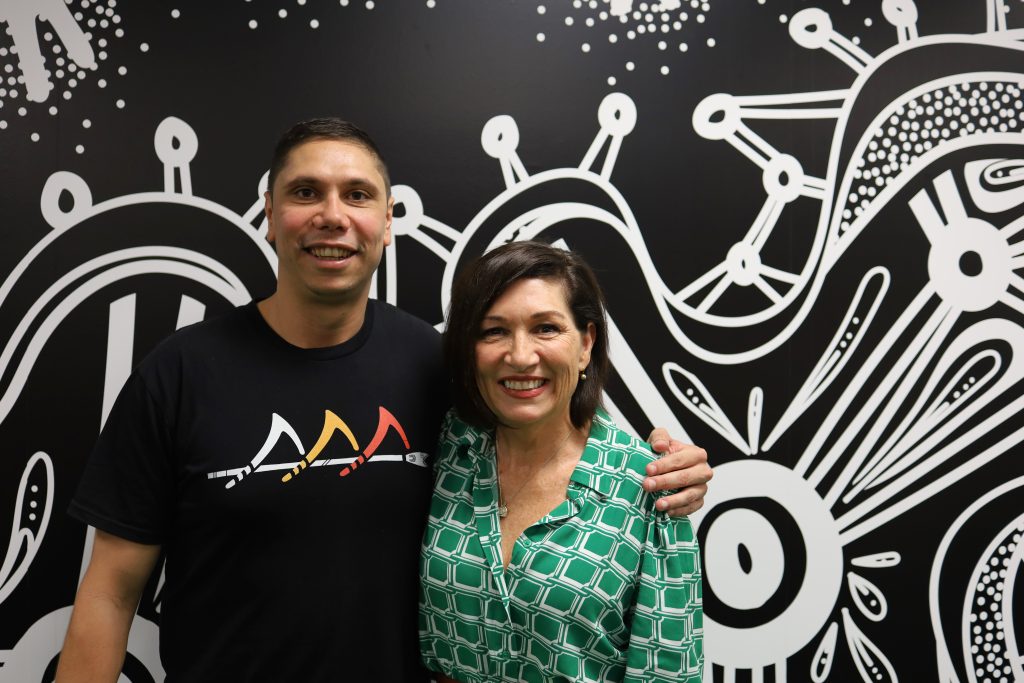
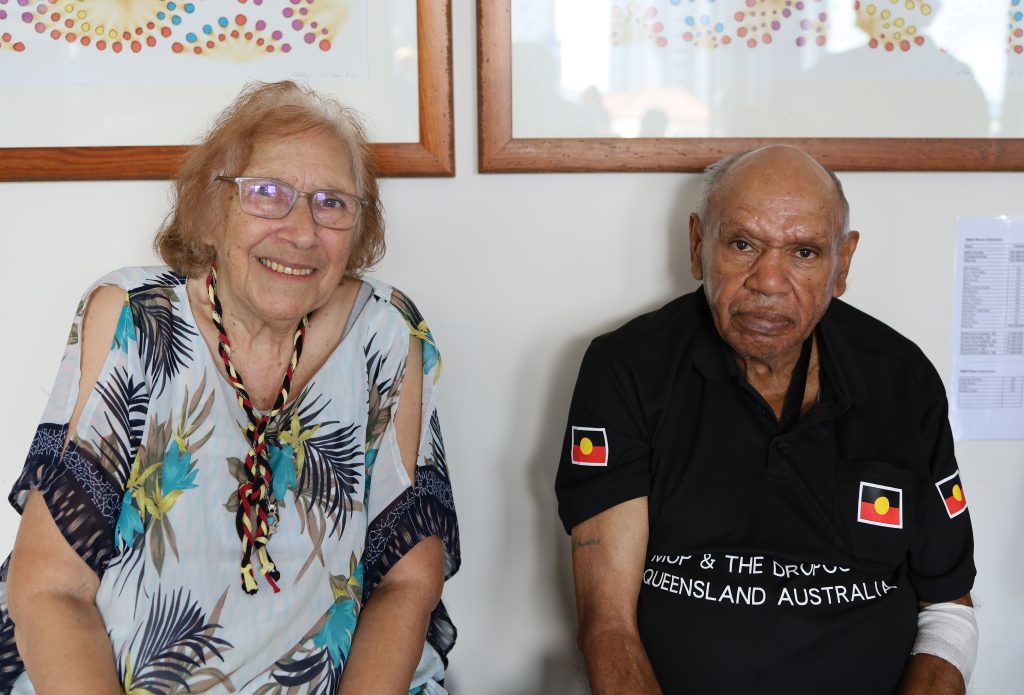
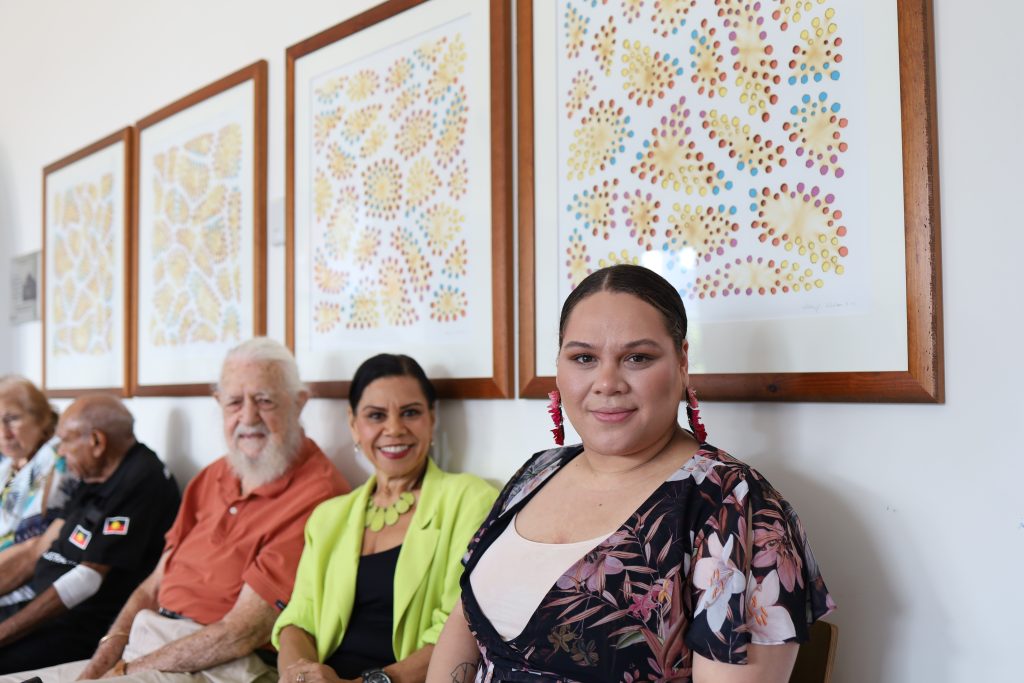
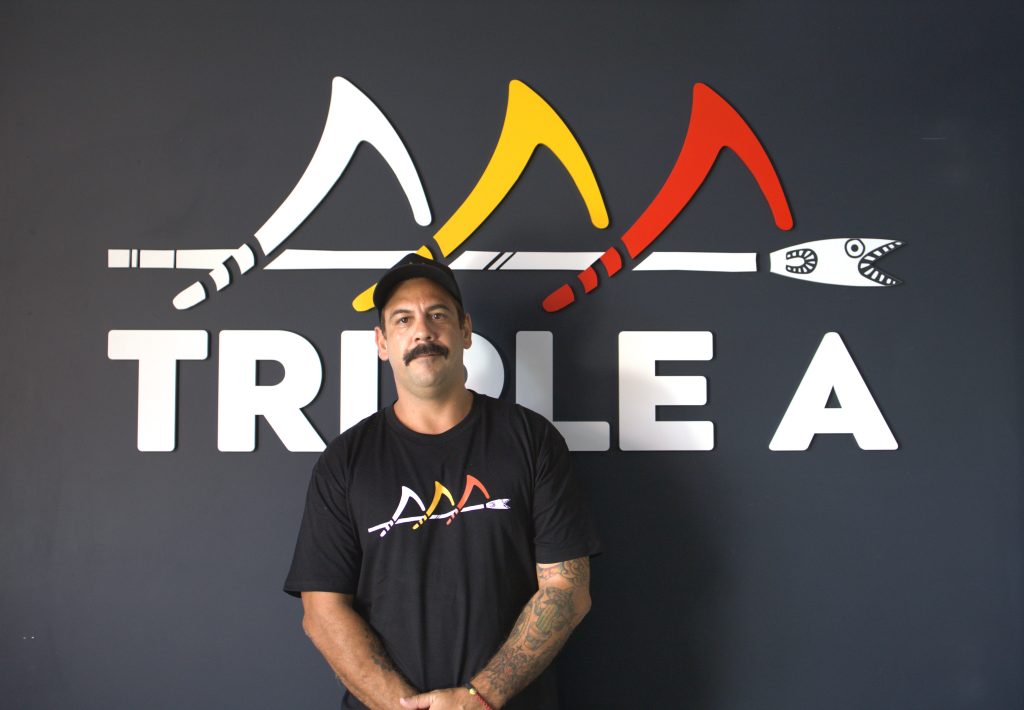


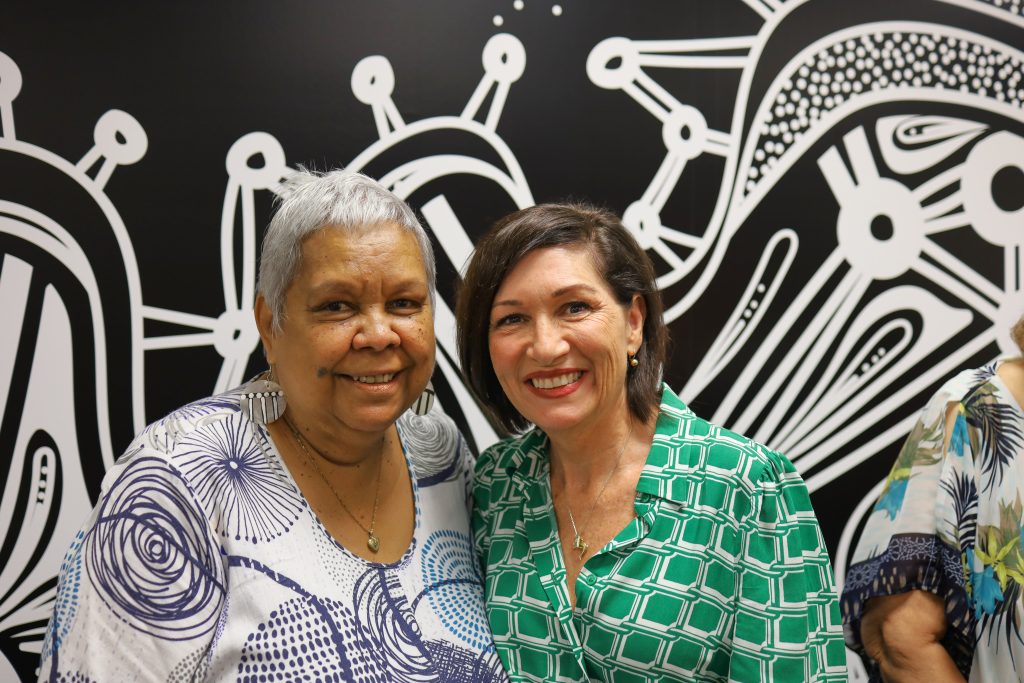
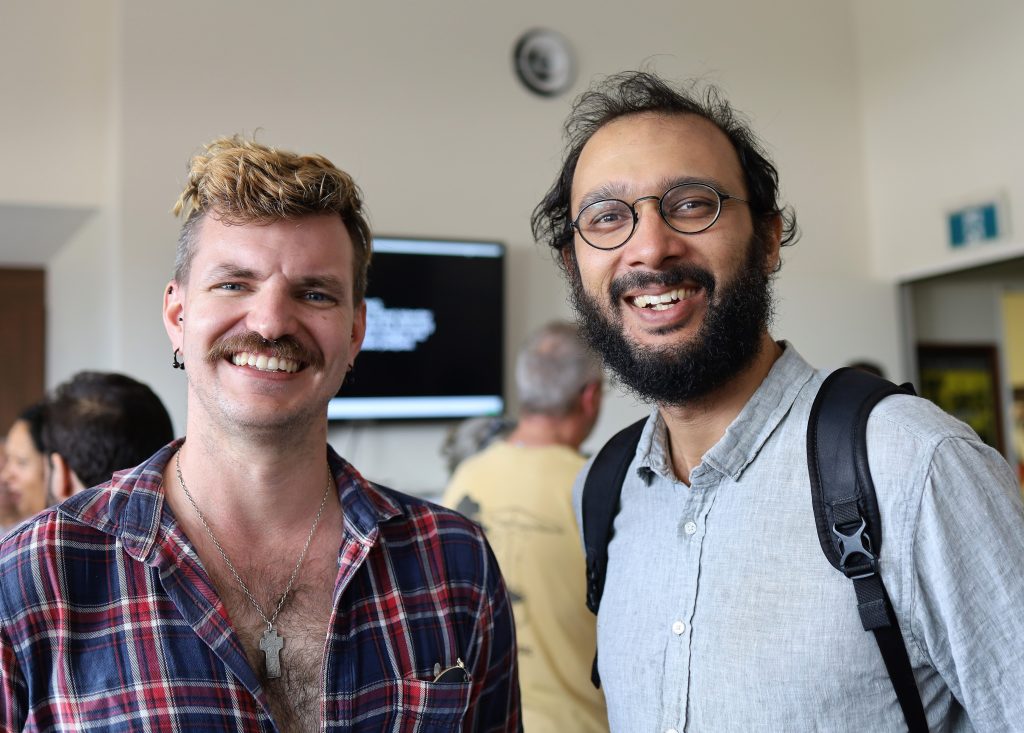
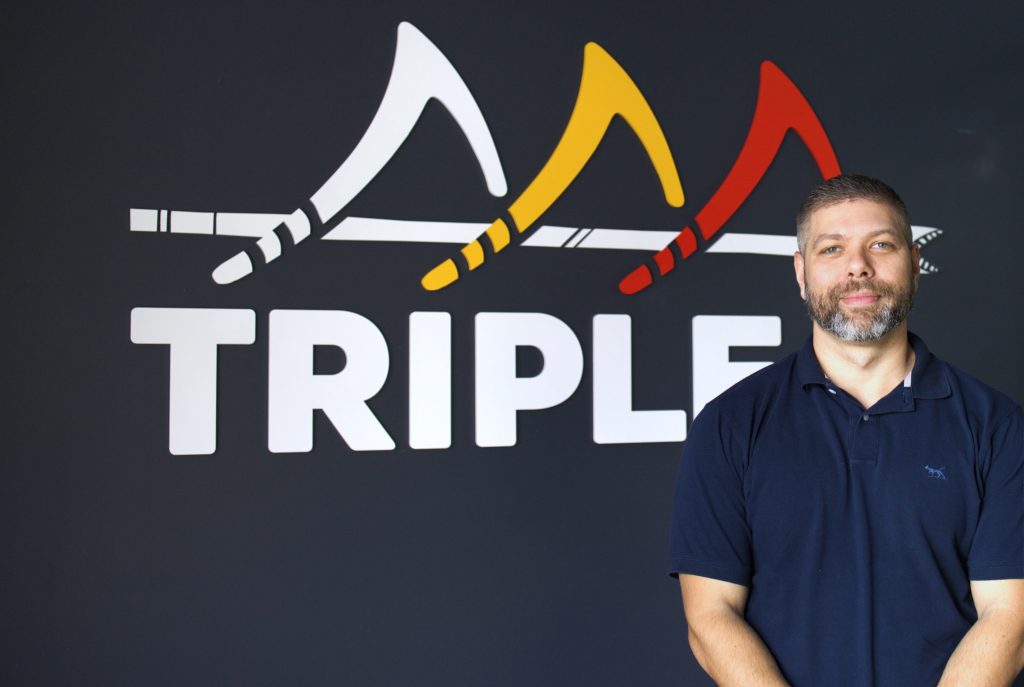
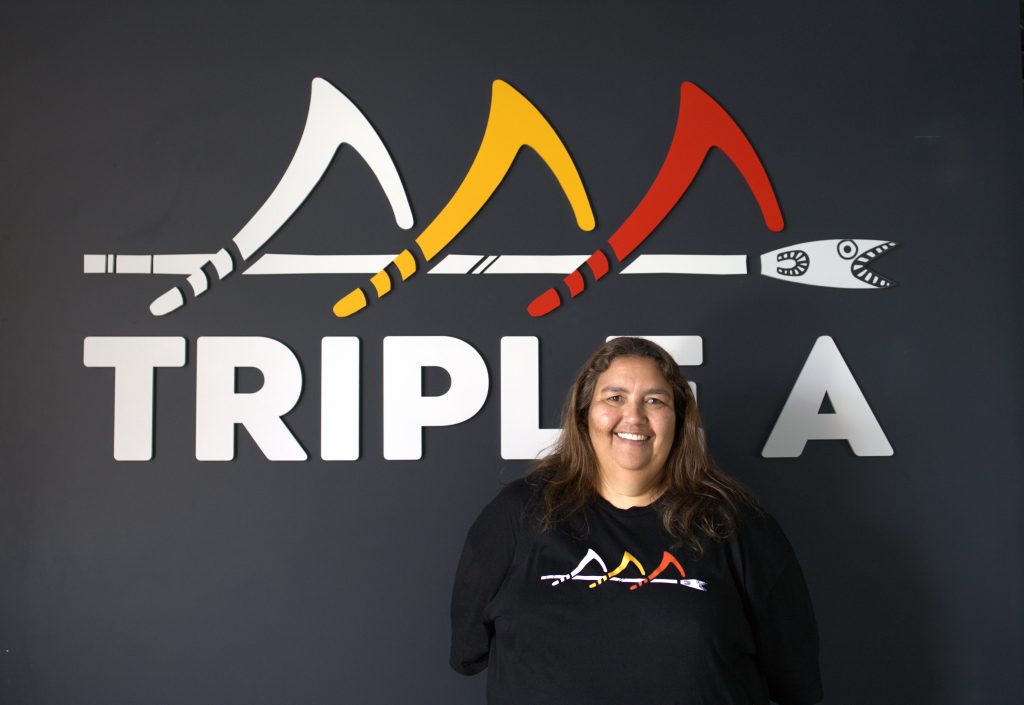
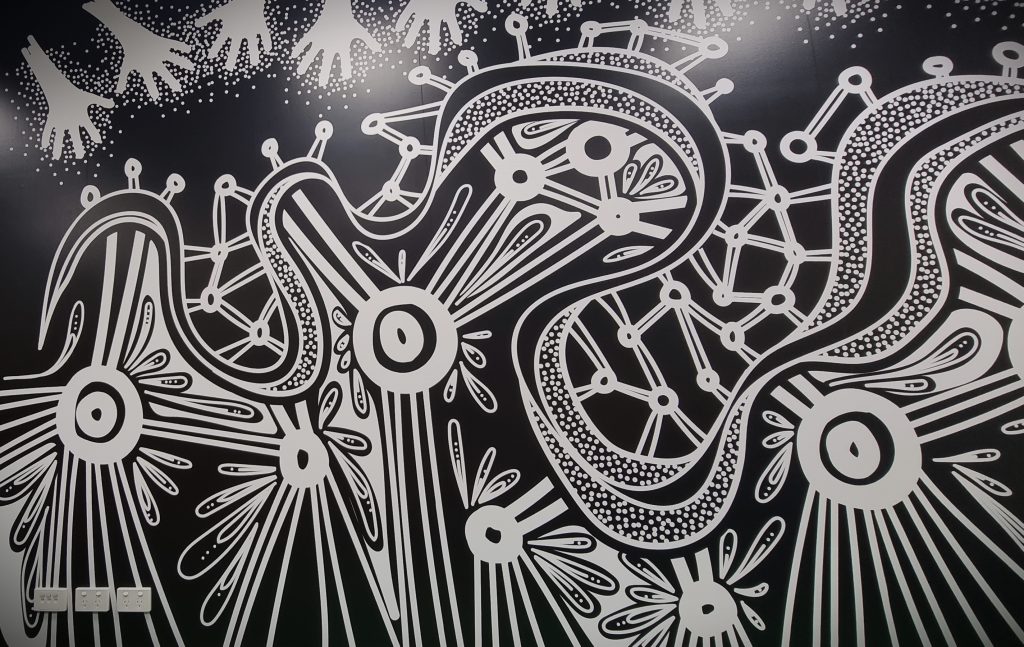
Cover Image, Dan Rennie, Casey Coolwell-Fisher, Jyi Lawton. All images by Jan Bowman

